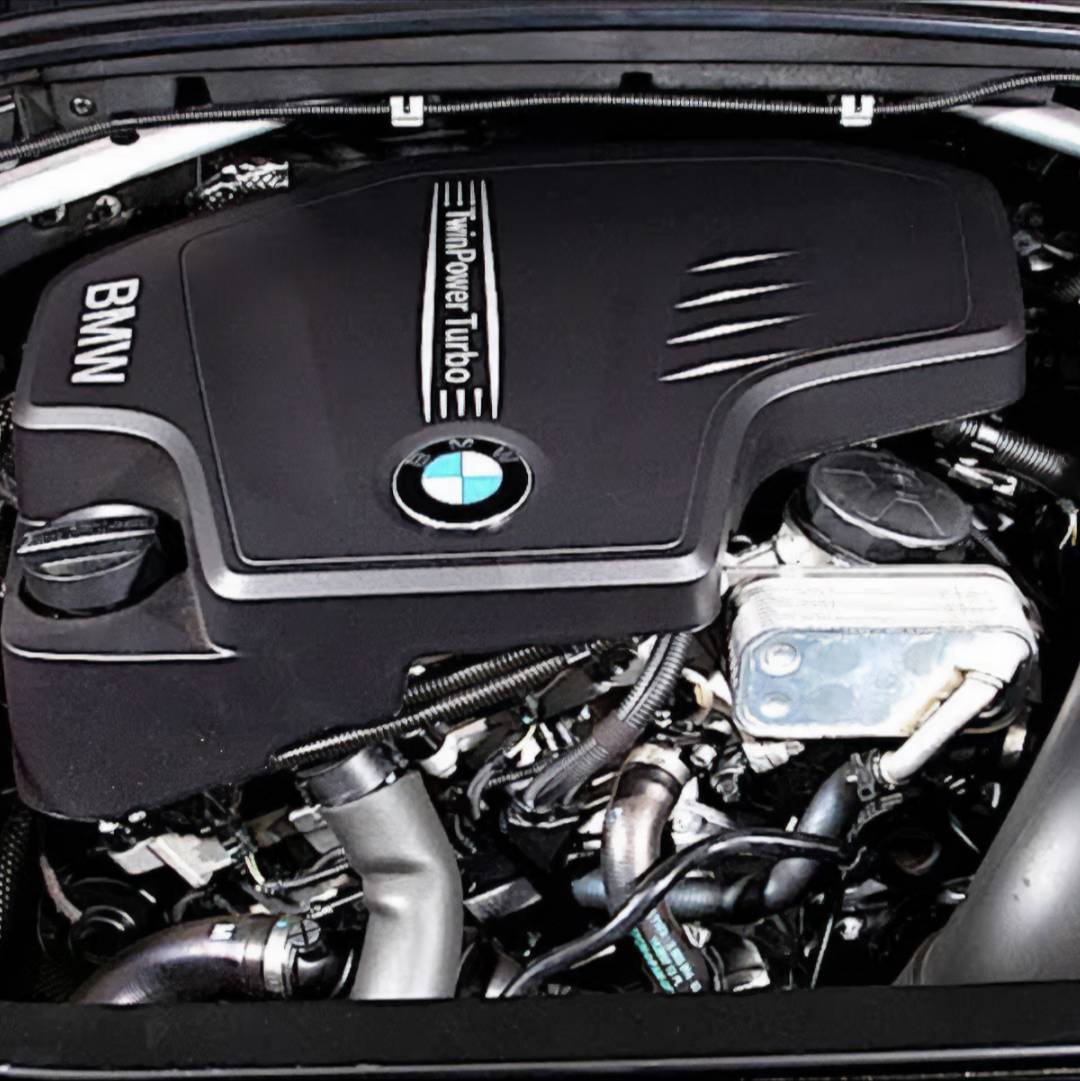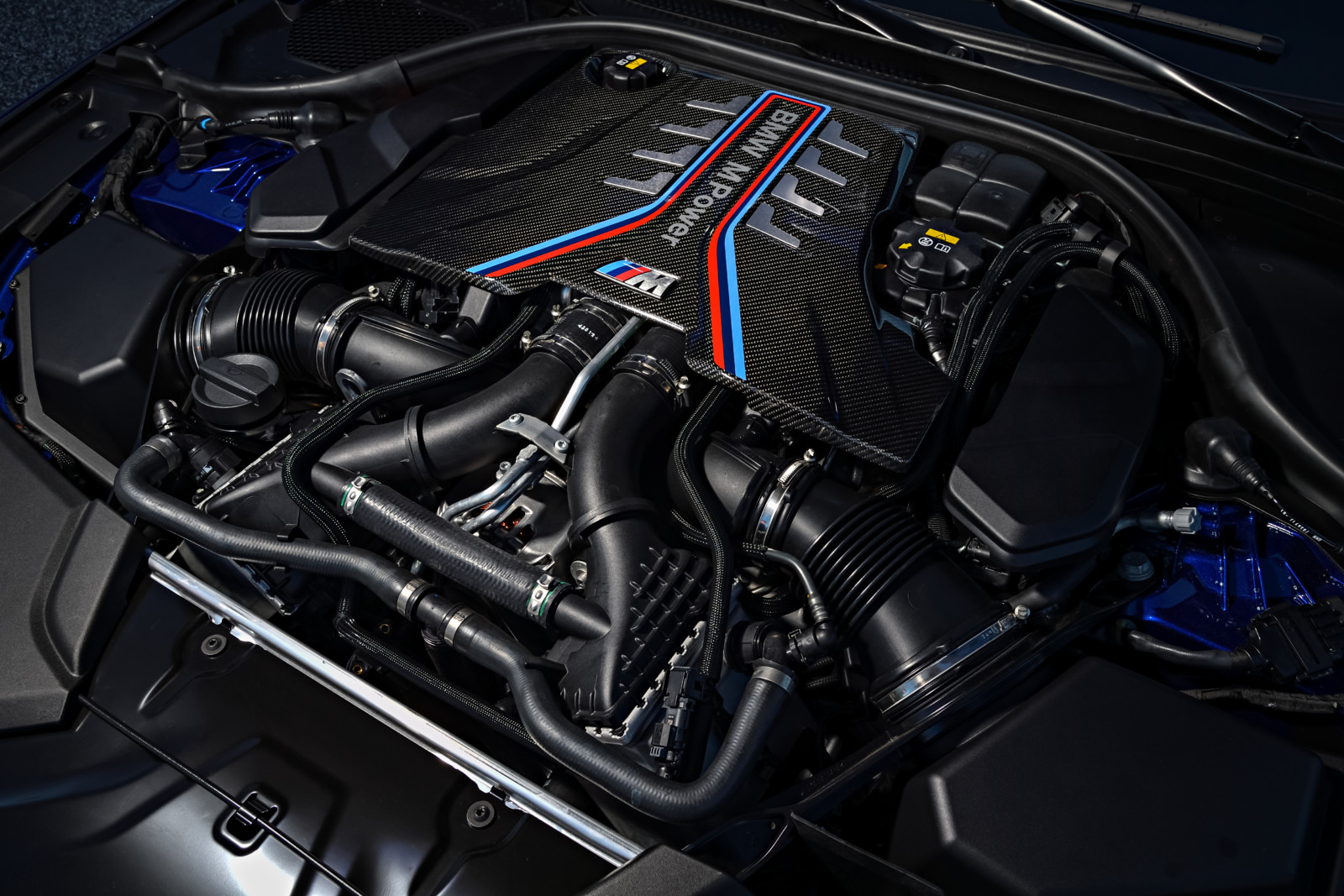The Advancement of the BMW Engine: A Look Back at Iconic Models
The Advancement of the BMW Engine: A Look Back at Iconic Models
Blog Article
From Idea to Fact: An In-depth Evaluation of the Design Marvels Driving Automotive Powertrain Advancements
In the world of automotive design, the detailed web of improvements driving powertrain evolution is an engaging story that unfolds with accuracy and development. From the conceptualization of cutting-edge modern technologies to their realization in tangible auto powertrains, a journey packed with design wonders awaits expedition. As we browse via the worlds of internal combustion engines, electric propulsion systems, hybrid powertrains, and the combination of software program and connection, a tapestry of advancements emerges. The true intrigue lies in the unfolding future trends in automobile propulsion, where the limits of what is considered possible continue to be pushed.
Evolution of Internal Burning Engines
The advancement of internal burning engines has actually been a critical facet in the development of auto powertrains. Over the years, advancements in products, making techniques, and electronic controls have actually significantly enhanced the efficiency, efficiency, and ecological kindness of internal combustion engines.
One of the vital landmarks in this advancement was the growth of gas shot systems, which changed carburetors and allowed a lot more specific control over the fuel-air combination. Looking in advance, continuous research study and advancement efforts are focused on alternative gas, hybridization, and electrification to thrust the development of internal burning engines in the direction of also higher effectiveness and sustainability.
Rise of Electric Propulsion Systems
In the world of vehicle engineering, a significant shift towards electrical propulsion systems is presently reshaping the landscape of vehicle powertrains. bmw engine. Electric propulsion systems, largely driven by developments in battery modern technology and environmental worries, are ending up being increasingly prevalent in the automobile industry. These systems offer countless advantages over conventional inner combustion engines, including greater efficiency, lowered exhausts, and improved efficiency abilities

As automakers remain to invest in r & d, electric propulsion systems are expected to come to be also much more innovative and extensive. The change towards electrification stands for a turning point in vehicle history, indicating a significant departure from traditional burning engine technology towards a more reliable and sustainable future.

Innovations in Crossbreed Powertrains
With the growing need for even more fuel-efficient and ecologically friendly automobiles, developments in crossbreed powertrains have ended up being a focal point in the vehicle industry's quest of lasting transportation remedies. Hybrid powertrains combine standard internal combustion engines with electrical propulsion useful content systems, providing improved fuel performance and minimized emissions contrasted to traditional cars.
One trick advancement in crossbreed powertrains is the growth of plug-in crossbreed electrical vehicles (PHEVs) These vehicles can be billed from an external source of power, permitting for prolonged electric-only driving ranges. In addition, advancements in regenerative stopping systems have boosted the effectiveness of hybrid lorries by transforming kinetic power throughout braking into electrical energy to charge the battery.
In addition, automakers are increasingly focusing on enhancing the combination of crossbreed powertrains with innovative transmission systems to better boost total efficiency and performance. The usage of lightweight materials and advanced control systems has additionally added to making hybrid powertrains more reliable and compact. In general, the continuous improvements in hybrid powertrains are leading the way for a much more sustainable future in the automobile industry.

Combination of Software Program and Connection
Progressing the automotive sector's technical landscape, the combination of software and connection plays a critical role in boosting automobile performance and customer experience. Software application controls essential elements of the vehicle, such as engine monitoring, transmission systems, visit homepage and advanced driver-assistance systems (ADAS)
Connection additional boosts this combination by permitting lorries to connect with outside networks, other automobiles, and framework. Via functions like over-the-air updates and remote diagnostics, suppliers can continuously enhance lorry performance, address issues quickly, and present new attributes without needing physical recalls. In addition, connectivity makes it possible for advanced capabilities like real-time traffic updates, remote automobile monitoring, and seamless assimilation with mobile phones for boosted convenience.
Future Patterns in Automotive Propulsion
The advancement of automotive powertrain innovations, particularly in the combination of software program and connectivity, sets a structure for discovering the future trends in automobile propulsion. Looking in advance, vital trends are emerging that are poised to change the automotive industry. One popular pattern is the raising shift towards electrification. As issues concerning environment change and environmental sustainability grow, electric automobiles (EVs) are coming to be extra widespread. Suppliers are spending greatly in creating EV modern technology, bring about advancements in battery efficiency, range, and charging infrastructure.
Furthermore, autonomous driving innovation is set to reshape the way vehicles check are powered. Self-driving cars are becoming even more of a fact, and this shift will likely impact propulsion systems. These vehicles might call for special powertrain configurations to support various levels of freedom. Furthermore, the integration of artificial knowledge (AI) and maker knowing in car propulsion systems is prepared for to improve efficiency and efficiency.
Conclusion
To conclude, the constant development of automobile powertrains has actually seen the development of inner combustion engines, electrical propulsion systems, hybrid powertrains, and the assimilation of software and connection. These improvements have actually driven significant renovations in efficiency, efficiency, and sustainability in the auto market. Looking in advance, future trends suggest an ongoing shift towards electrification, independent driving, and connectivity, shaping the future of auto propulsion systems.
The development of inner burning engines has been an essential facet in the improvement of auto powertrains.In the realm of automotive engineering, a significant change in the direction of electric propulsion systems is presently improving the landscape of car powertrains. Overall, the continuous innovations in crossbreed powertrains are paving the way for a much more lasting future in the auto industry.
The evolution of vehicle powertrain innovations, specifically in the integration of software and connectivity, sets a foundation for checking out the future patterns in vehicle propulsion.In verdict, the consistent evolution of automotive powertrains has seen the development of internal combustion engines, electrical propulsion systems, crossbreed powertrains, and the assimilation of software and connectivity.
Report this page